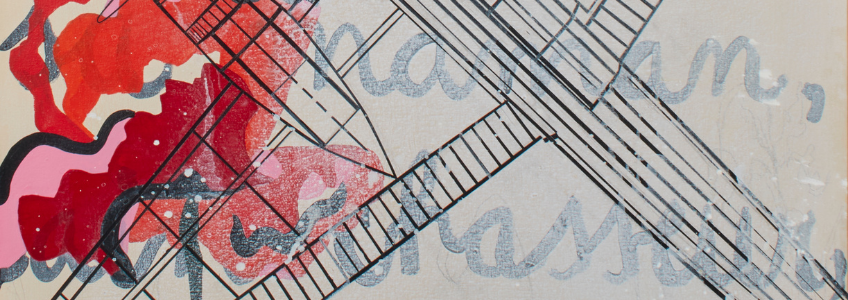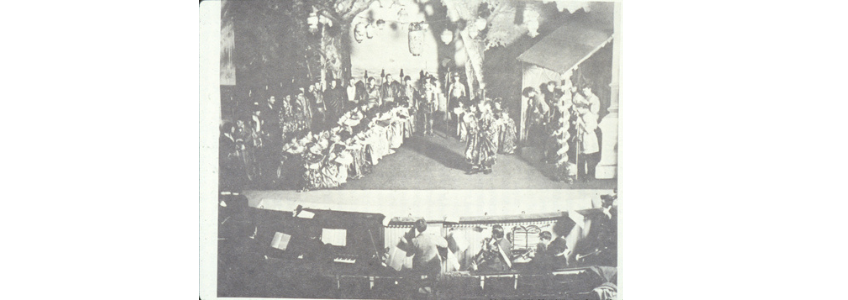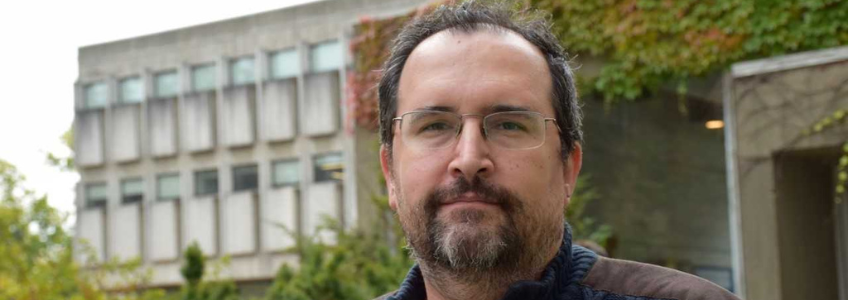
Where The Rivers Meet
Guelph Civic Museum 52 Norfolk Street, Guelph, Ontario, CanadaWhere The Rivers Meet is a display within the City Gallery that centers the Original Peoples who have been on this land since time immemorial. It includes information about migration,…











